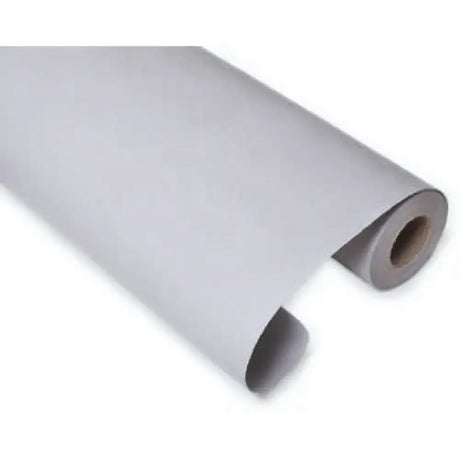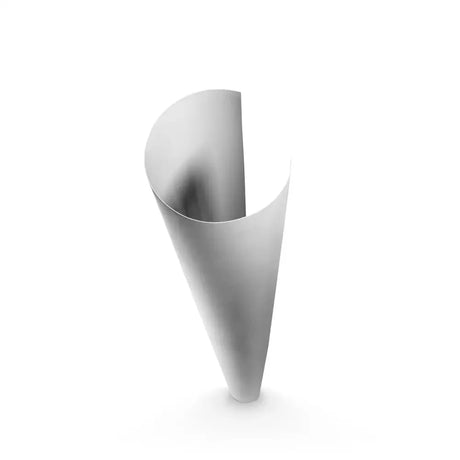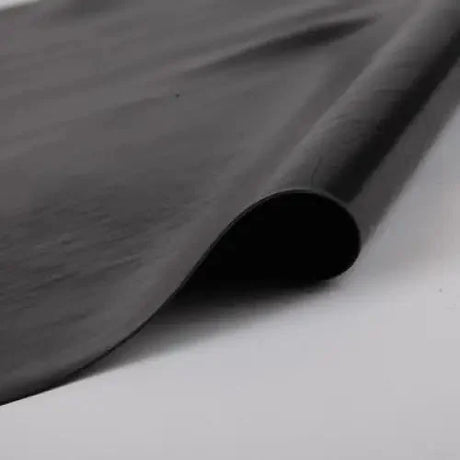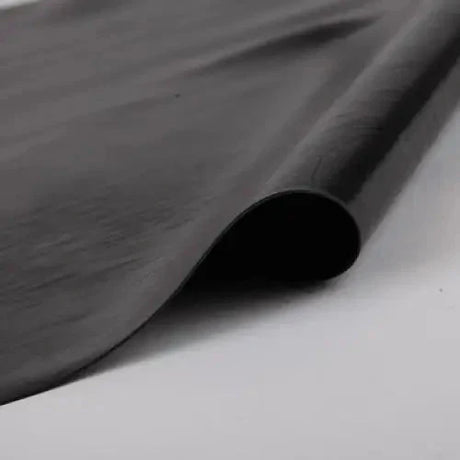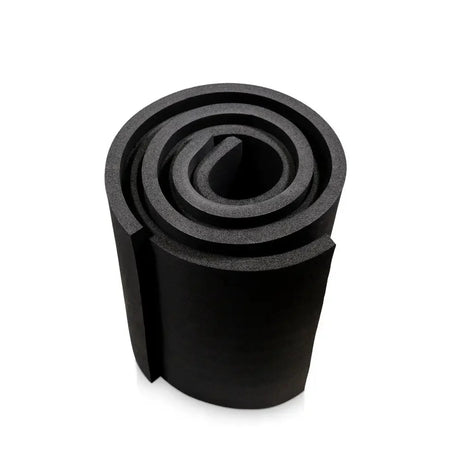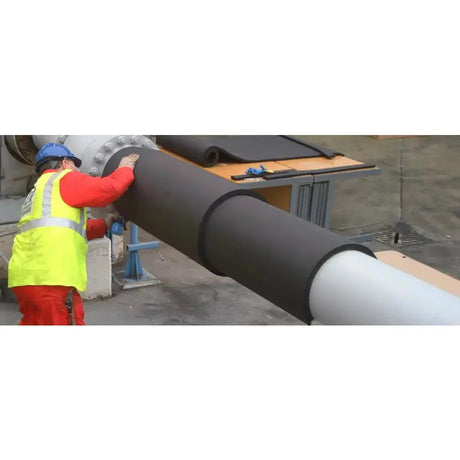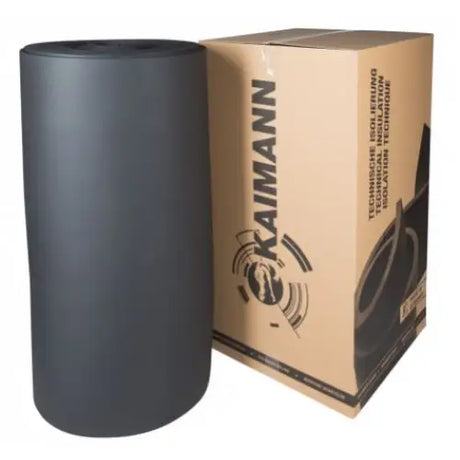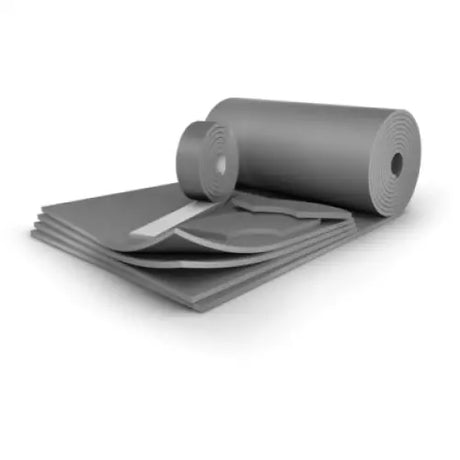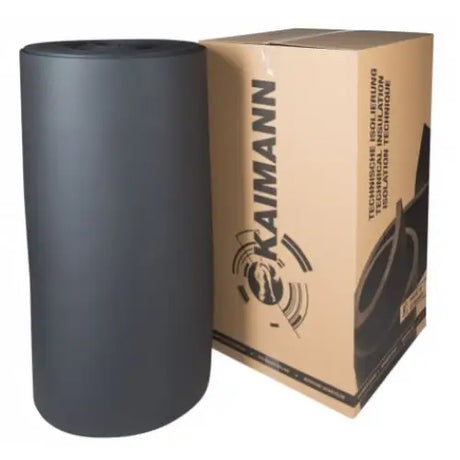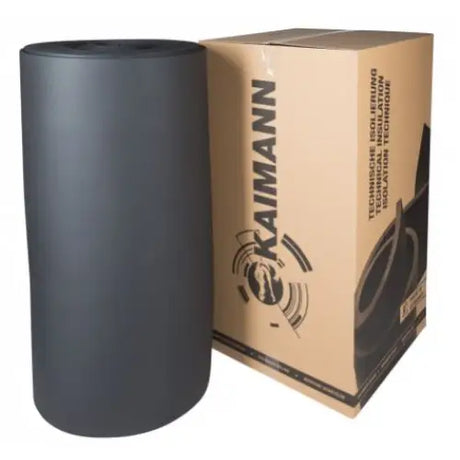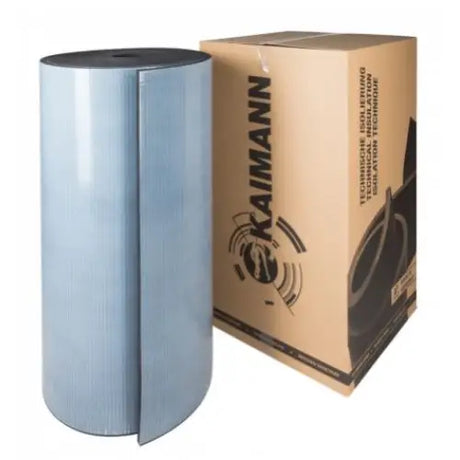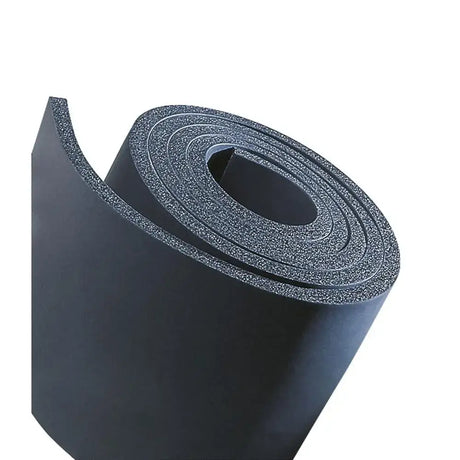Armacell
Kaiflex Sheet Insulation Lagging Black Foam Class O Nitrile Rubber (0.5 x 2m rolls)
From £42.35Unit price /UnavailableInsulation & More
Ultra-Clad Duct Insulation Cladding (61m2 Per Roll)
£353.75Unit price /Unavailable
Insulation Sheets – Versatile Thermal Barriers for Walls, Roofs, Floors, and Services
Our Insulation Sheets Collection features a wide range of rigid and semi-rigid insulation panels designed for thermal efficiency, fire safety, and moisture resistance across building fabric and mechanical systems. These sheets are available in various materials, thicknesses, and facings to suit residential, commercial, and industrial applications.
Product Overview
Insulation sheets are manufactured from high-performance materials including:
- PIR (Polyisocyanurate): Lightweight, rigid boards with low thermal conductivity (as low as 0.022 W/m·K). Ideal for roofs, walls, and floors.
- Phenolic Foam (e.g., Kooltherm®): Premium boards with ultra-low conductivity (down to 0.018 W/m·K) and excellent fire performance.
- XPS (Extruded Polystyrene): Durable, moisture-resistant boards for below-ground and inverted roof applications.
- EPS (Expanded Polystyrene): Cost-effective insulation for floors and cavity walls.
- Mineral Wool Slabs: Non-combustible, semi-rigid sheets for fire-rated and acoustic applications.
- Elastomeric Sheets (e.g., Kaiflex): Flexible closed-cell rubber sheets for HVAC and pipework insulation.
Applications
- Internal and external wall insulation (IWI/EWI)
- Pitched and flat roof insulation
- Floor insulation (solid, suspended, under screed)
- Soffits, service risers, and plant rooms
- HVAC ductwork and pipework cladding
- Cold storage, cleanrooms, and industrial enclosures
Performance Benefits
- High thermal resistance for reduced U-values and energy savings
- Available with foil, tissue, or composite facings for specific performance needs
- Fire-rated options compliant with EN 13501-1 and BS 476
- Moisture-resistant and dimensionally stable
- Easy to cut, handle, and install in new builds or retrofits


